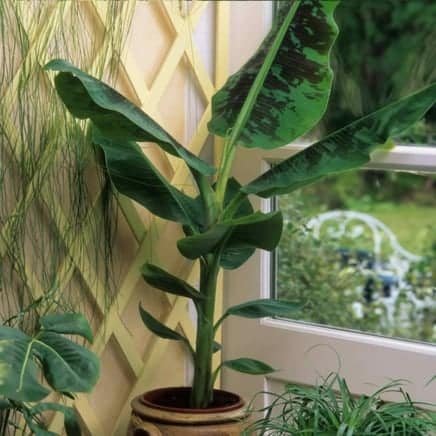When you’re dealing with indoor plants, pests and diseases can be a real headache. With no natural predators, eradicating a mite infestation can seem nearly impossible. That’s why I’d like to share some beautiful ones that thrive indoors and are also pest and disease resistant.
My houseplants bring me an immense amount of joy. With each new leaf that unfurls, I feel like a kid who got straight A’s on my report card. Conversely, when I see signs of infestation or disease, I feel utterly defeated. If you’ve ever dealt with a spider mite issue, you likely know just how I feel.
The good news is there are plants out there that have natural defenses against these maladies. Whether because of structural defenses or naturally occurring chemicals, these plants are better at fending off the common dangers that houseplants face.
Let’s take a look at some great pest and disease-resistant plants to add to your indoor garden!
Snake Plant ‘Hahnii’
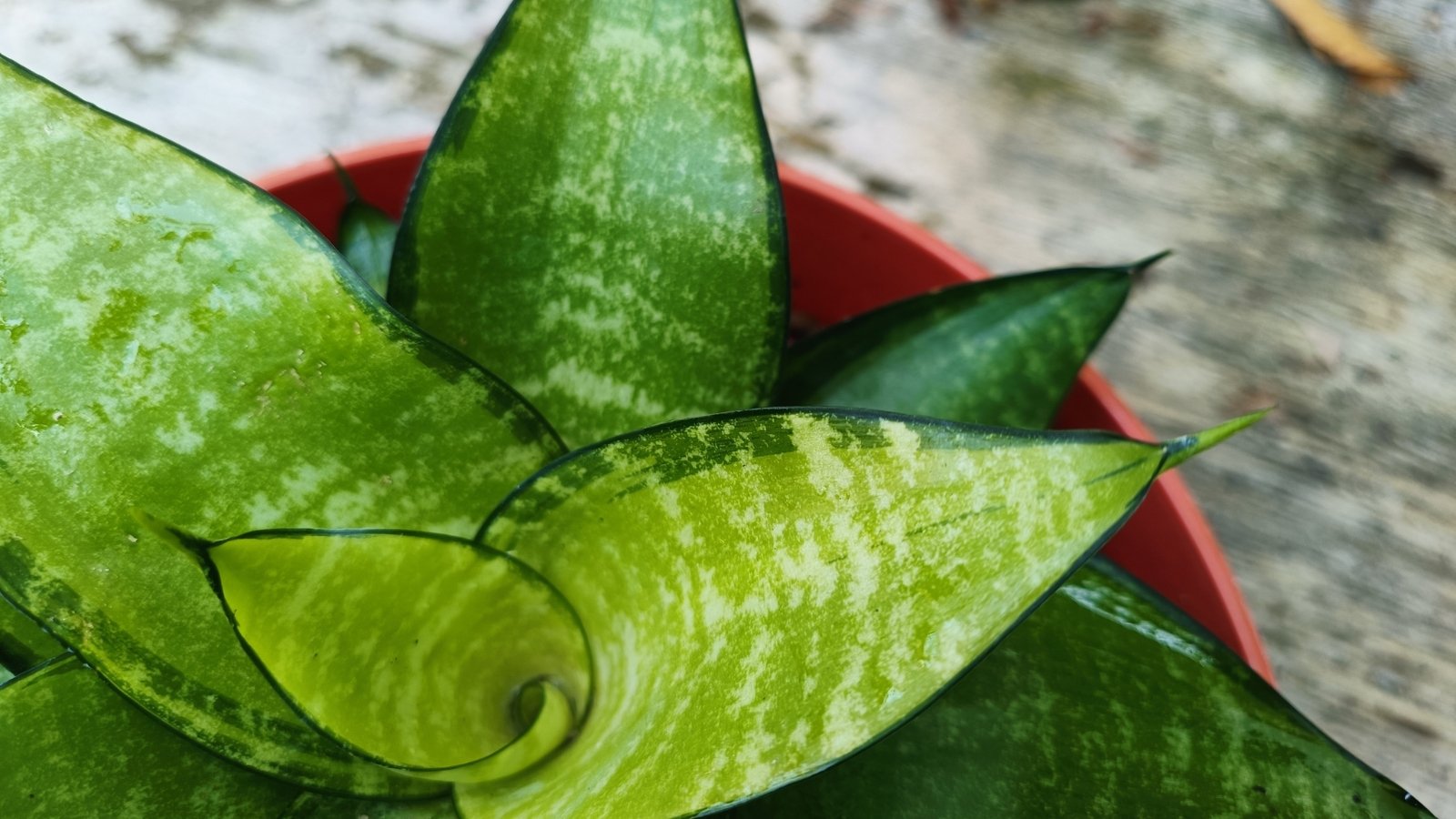
Snake plants are notorious for being easy to care for. They are forgiving if you forget to water and tolerate low-light situations like a champ. They have very tough foliage and contain natural toxins, which make them unappealing to nuisance insects. ‘Hahnii’ is a short variety with leaves that grow in a rosette.
Their tough exterior and forgiving nature make them resistant to many diseases. There is some chance of root rot, so be careful not to overwater yours, and all should be well. If you see any signs of infestation, wipe down the leathery leaves with a damp cloth.
Chinese Evergreen ‘Silver Queen’
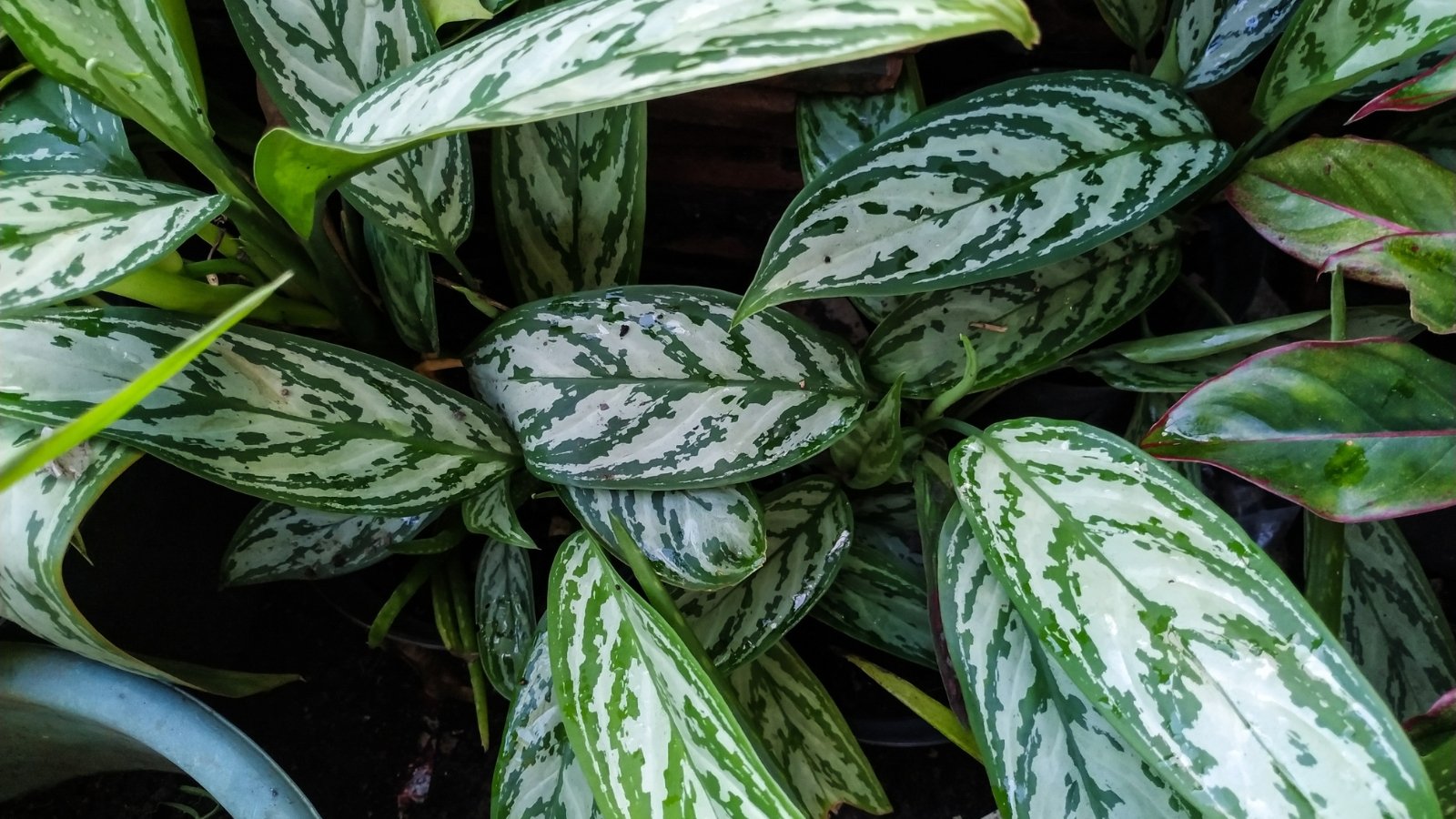
Chinese evergreens are excellent for lower-light situations. They are near the top of the list in terms of air-purifying plants. NASA lists them as a top contender for removing benzene and formaldehyde from the air.
While a few pests may visit this plant, they are unlikely to damage the overall health of your Chinese evergreen. They have no major disease issues either unless you consistently overwater, which can cause root rot.
There are many beautiful varieties of Chinese evergreen. ‘Silver Queen’ is my favorite. Long, strap-like leaves are silvery with deep green margins. Keep this plant out of direct sun that will burn the leaves.
Jade Plant ‘Variegata’
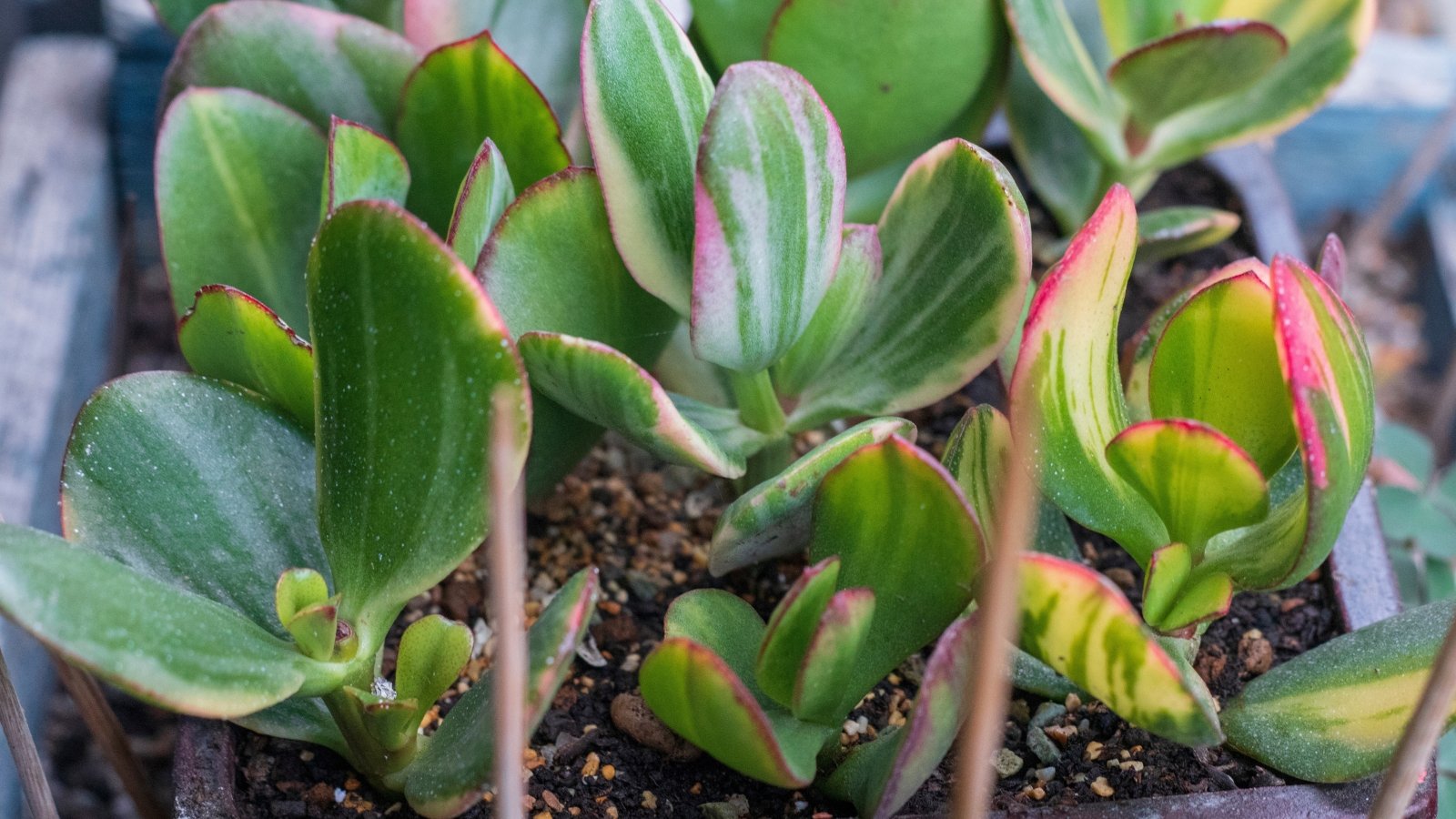
This isn’t the easiest plant on the list in terms of care. Jade can be a bit sensitive. Once you get a good care routine in hand, though, it’s really beautiful.
There is only one pest that poses an issue for this plant: mealybugs. Fortunately, they are easy to spot. Jade plants are sensitive to horticultural oils and soaps, so avoid these. Instead, use a cotton swab soaked in alcohol to remove the bugs, and then rinse the plant off afterward.
Good watering practices will keep your jade plant disease-free. Root rot is an issue for all overwatered succulents. Otherwise, not much bothers this one. It is toxic, though, so keep it away from curious pets and children.
Madagascar Dragon Tree
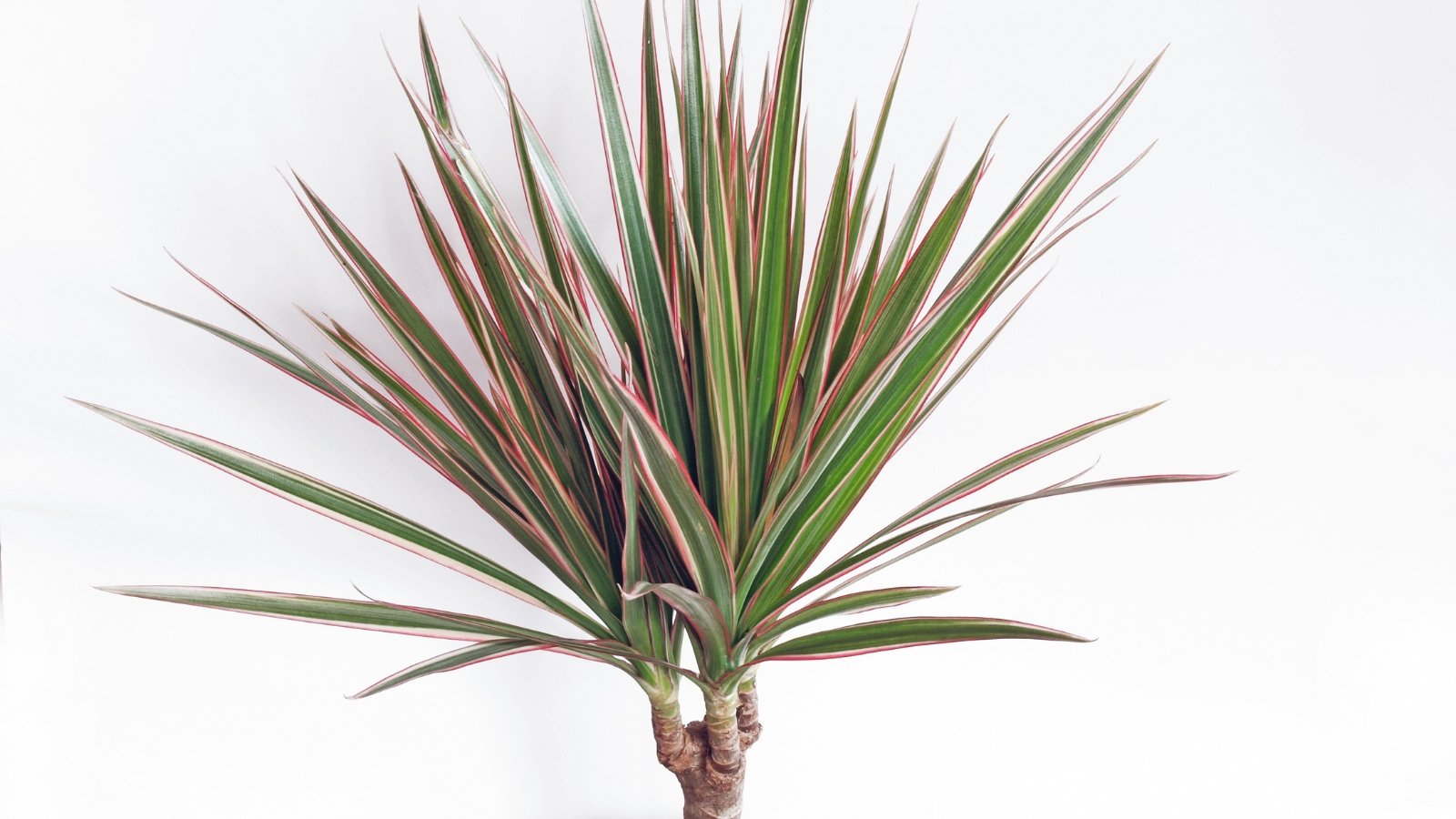
Madagascar dragon tree is a type of Dracena that was recently reclassified under the Aloe genus, and it has a treelike growth habit. It prefers bright light, but it will tolerate medium light conditions. It’s generally pest-resistant, although spider mites and mealybugs are not unheard of.
Aside from root rot caused by overwatering, the Madagascar dragon tree is disease-resistant. This is a low-maintenance houseplant that thrives in normal home conditions. It doesn’t need high humidity and likes moderate water in summer and less in winter.
Cast Iron Plant ‘Big Spotty’
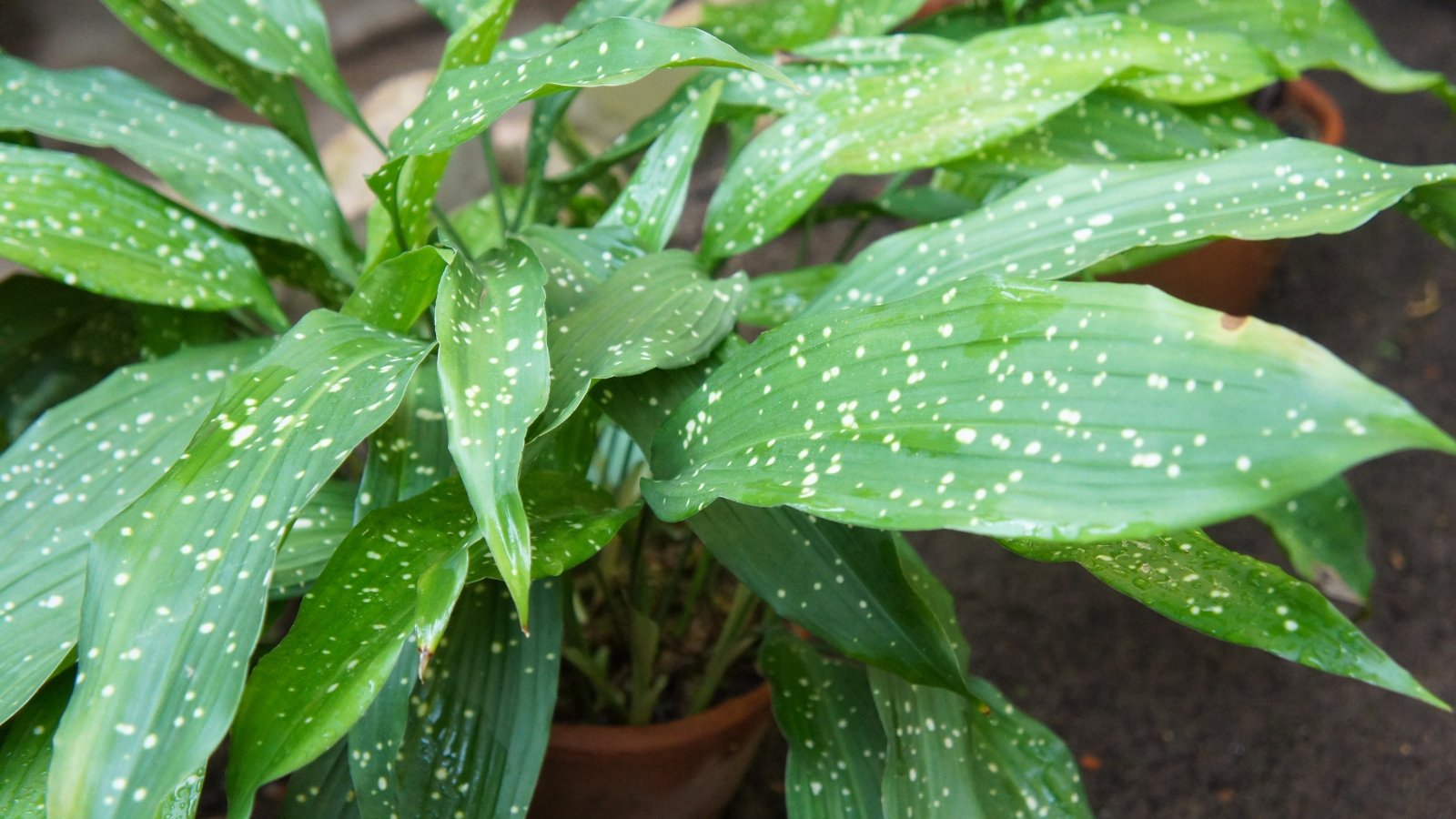
The name says it all, cast iron plants are hard to kill, making them an excellent houseplant for beginners. It grows well outdoors as well in warmer climates from Zones 8-11, and acts as great erosion control.
Kept indoors, cast iron plants are well suited for areas of medium or low light conditions. Too much sun will scorch the leaves. They aren’t bothered by any serious pests. Even when spider mites and mealybugs attack, they rarely do much damage.
When grown outdoors, they have little to no issues. Indoors, avoid over watering, and you’ll avoid the only disease they are prone to, root rot. ‘Big Spotty’ is a fun variety with white freckles all over deep green leaves.
Blushing Bromeliad ‘Crimson’
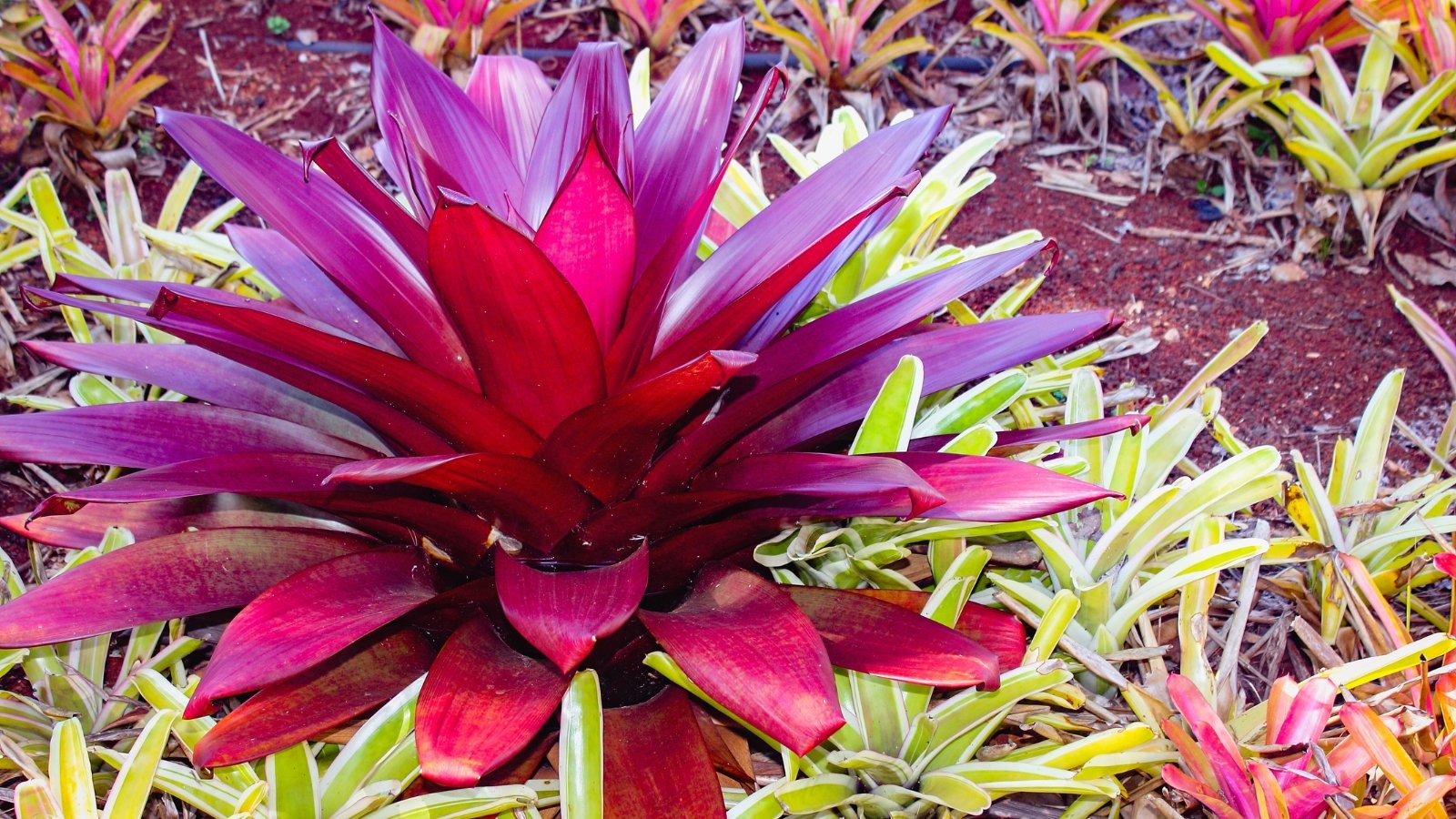
While many bromeliad species receive praise for their flamboyant flowers, this species has beautiful, flashy foliage. A large, flat rosette of glossy crimson leaves, this variety by the same name makes a great houseplant.
Place ‘Crimson’ in a sunny window. It won’t tolerate full sun outdoors, as it’s an understory plant. However, indoors you should give it as much light as possible. This epiphyte is non-toxic, so it’s a great choice for pet owners.
Outdoors, bromeliads do have some pests that may come to visit. Indoors, they are pest-free. As long as you pay attention to their limited watering needs, these plants are very sturdy and forgiving.
Spider Plant ‘Ocean’
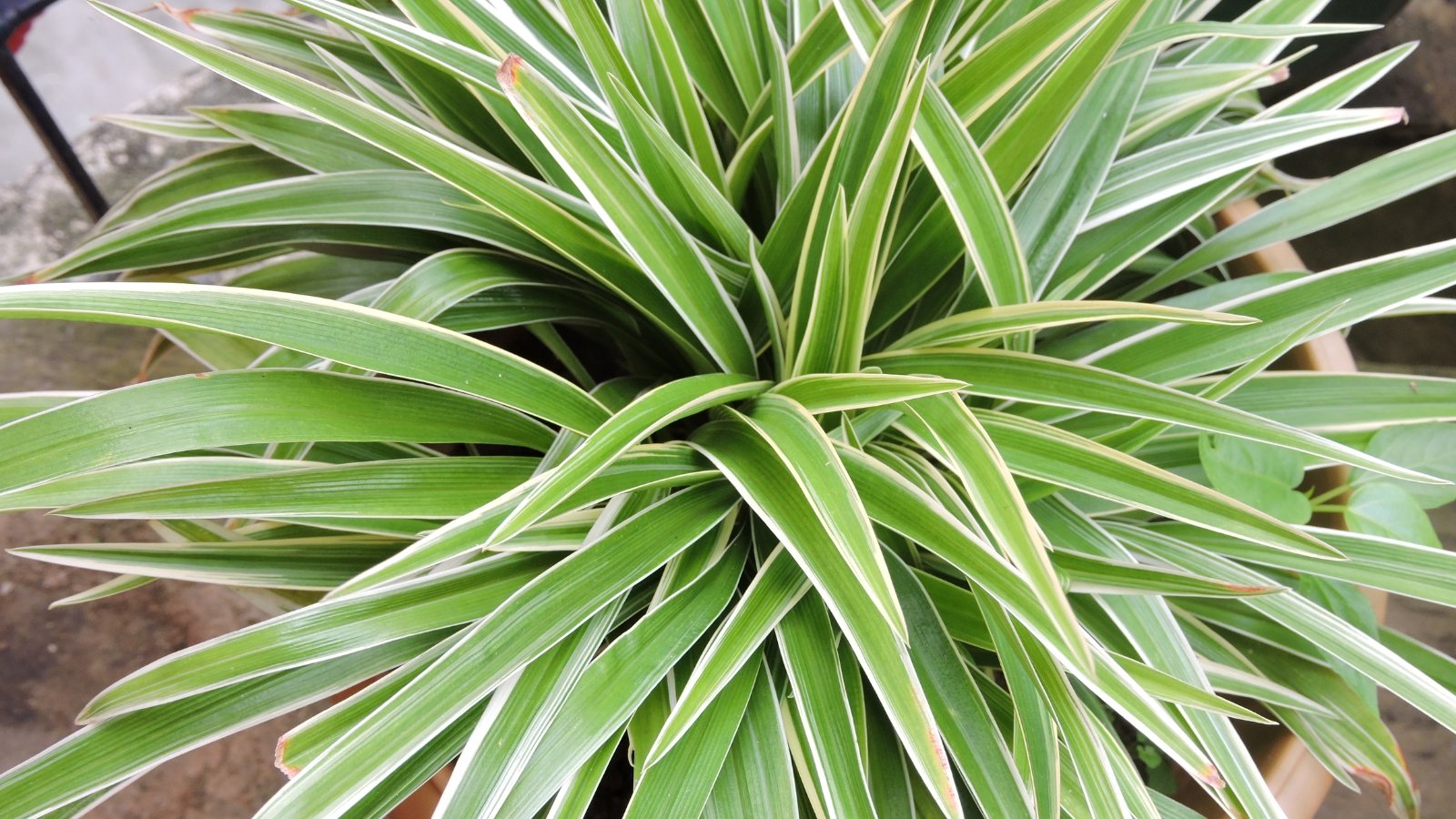
Spider plants are well known for their ease of care, and this variety is no different. ‘Ocean’ is a newer variety with shorter, broader leaves and the same classic variegation. More light will bring out more contrast in the leaves, but medium light works for this one as well.
I will say this in terms of pests. I have an outdoor spider plant that is a magnet for scale insects. It’s tough as nails, though. Indoors, there are few pests to worry about and fewer diseases.
Tip burn is something to watch out for. This issue is usually the result of chemicals in tap water or low humidity.
ZZ Plant
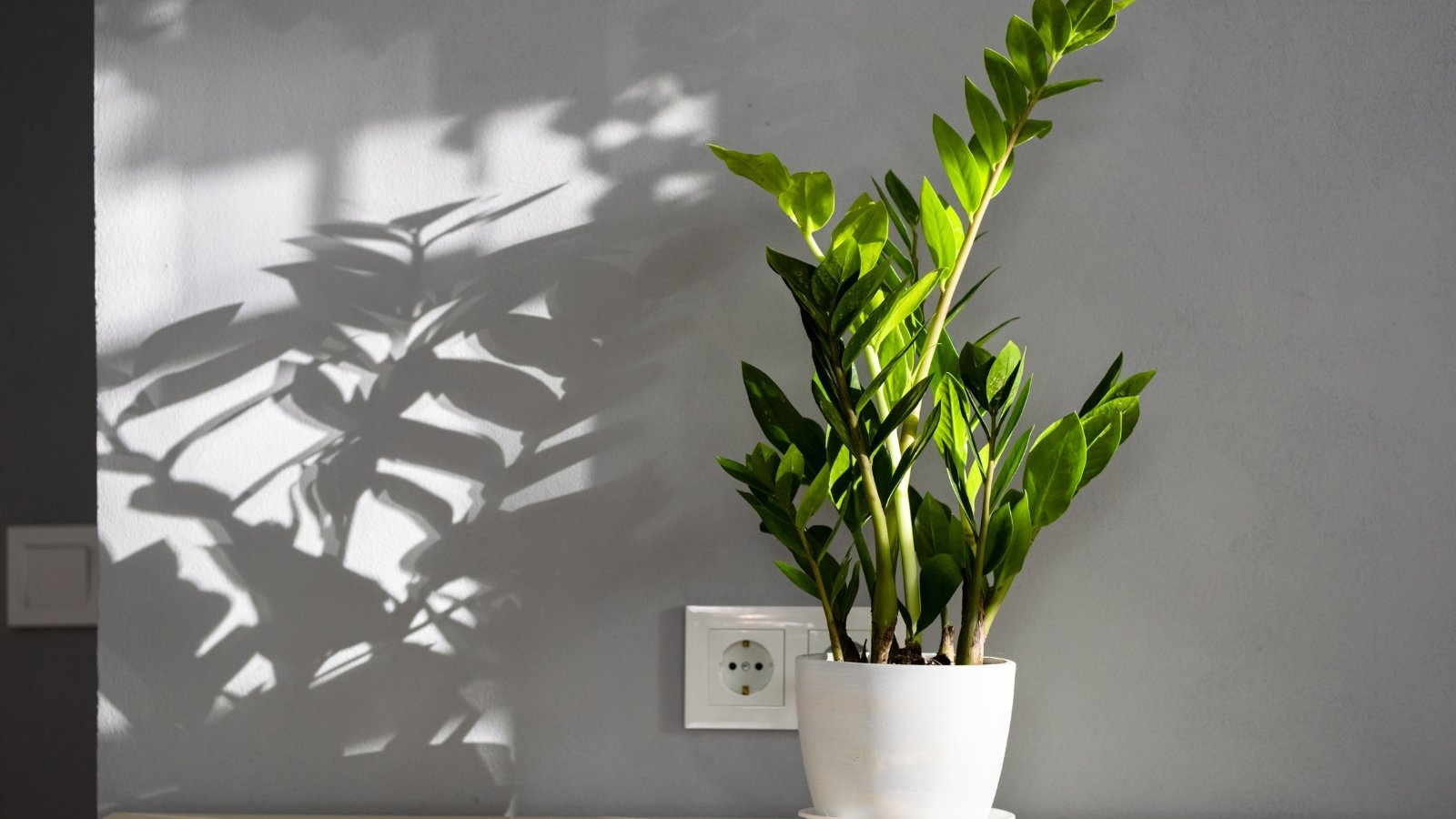
Zz plants are also exceptionally easy to care for. They are happy in bright and medium light conditions but avoid direct sun. In terms of soil, they don’t need anything fancy, just proper drainage.
There are no serious pest or disease issues to worry about with zz plants. Like most others, overwatering is the most dangerous thing to do to this one. Root rot isn’t an impossibility. It’s drought tolerant, so err on the side of underwatering if you’re unsure.
Lace Aloe

Aloe plants are tough and useful. Their pulp is edible and a soothing ingredient in many skin care products. Lace aloe is a compact variety, heavily spotted with white speckles and bumpy edges. Sounds a little strange, but it’s a very pretty plant.
Aloe is a great houseplant because it doesn’t mind drier air. Like most plants on the list, they are not impervious to pests, but it’s unlikely. Their thick skin is too tough for most insects to bother with.
As they prefer dry air, mold and fungus can at times be an issue. Water this succulent sparingly and you should not have any issues.
Pothos ‘Manjula’
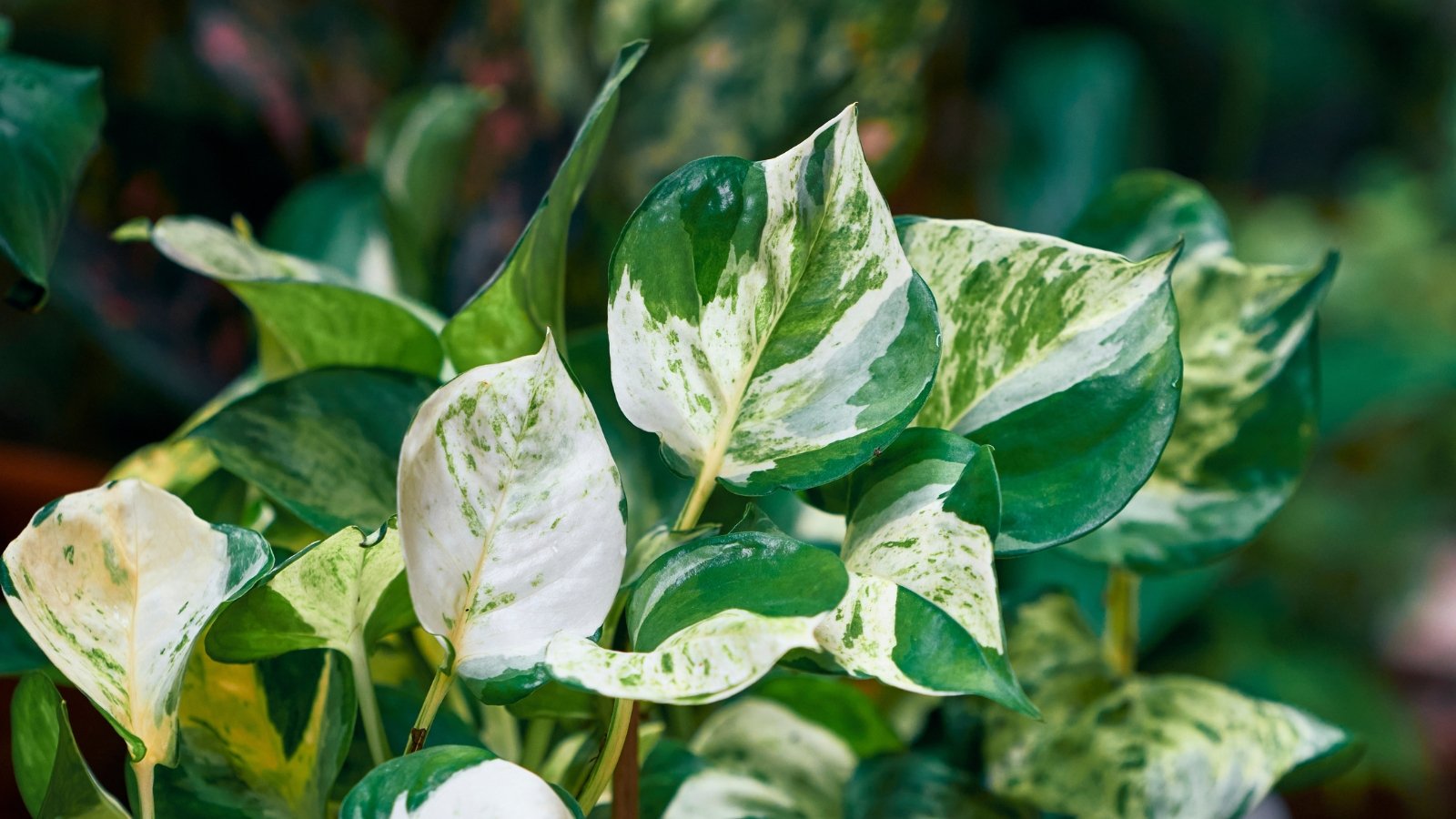
Pothos is another great beginner plant. They are ideal for any space where you want a lot of low-maintenance foliage in a short time. Give them the right amount of sun, and they grow quickly with little care. ‘Manjula’ has lovely cream-colored variegation and all the wonderful qualities of more common types.
Occasionally, fungus gnats might hang around this plant, if you keep the soil moist. If that happens, just stop watering and let the soil dry out. The gnats will take off and the plant will tolerate the temporary drought.
Root rot can be an issue occasionally, but in my experience, it’s uncommon. I have several varieties around my house, and they are very unfussy about water in either direction.
Monstera ‘Thai Constellation’
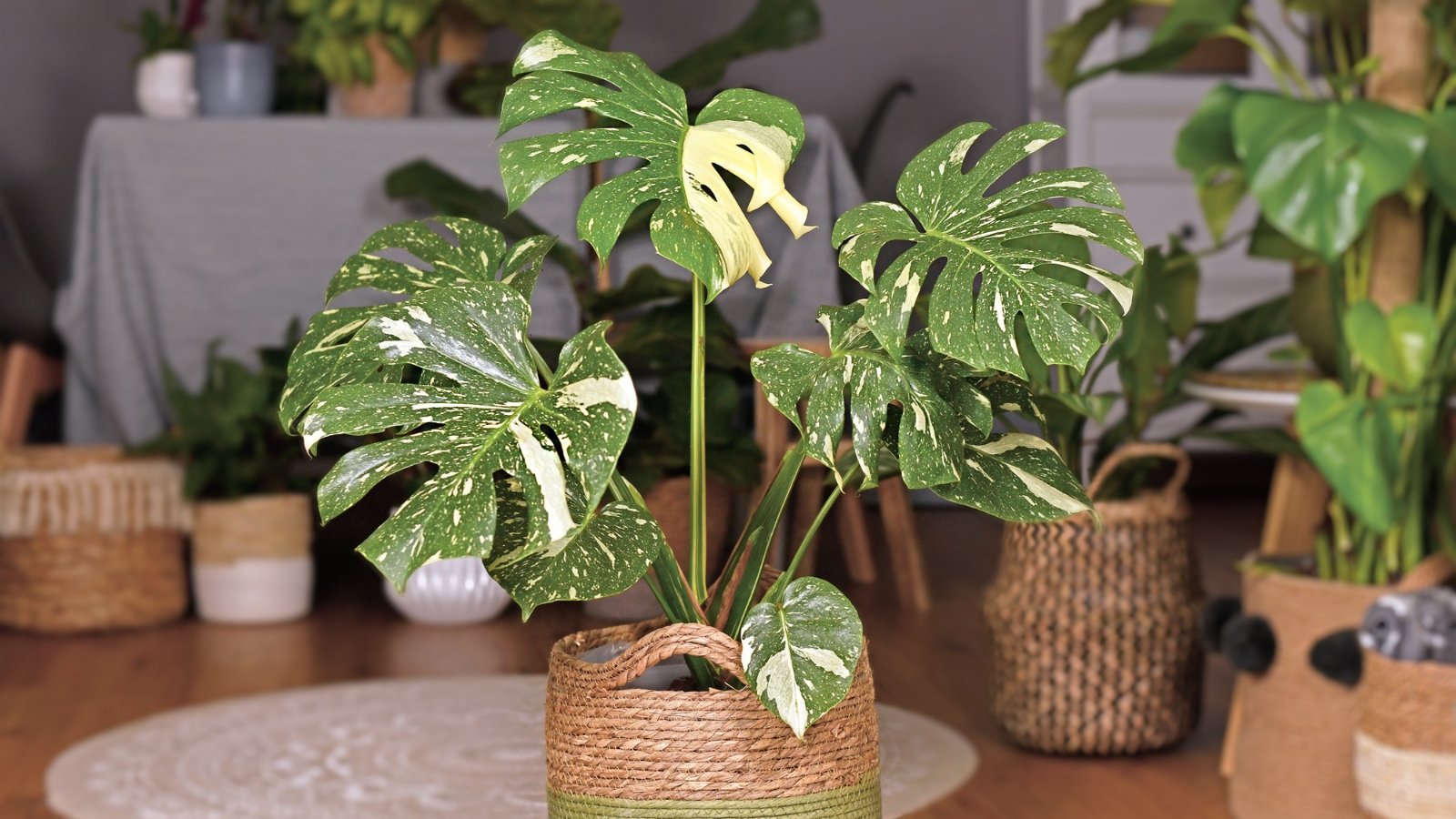
Monsteras are spectacular plants with very few issues. They are a favorite because of how low maintenance they are compared to the impact they make. They like bright indirect light, though mine tends to lean towards the nearby window. A little morning sun is not usually a problem.
In general, monsteras are said to have very few issues related to pests or diseases. That said, I’ve dealt with spider mites. However, there was no collateral damage.
Too much water or humidity can cause fungal issues, but I find this to be thirsty. It’s difficult to over water a large one. Just reduce watering in the winter and this will be a favorite for certain.
Philodendron ‘White Wizard’
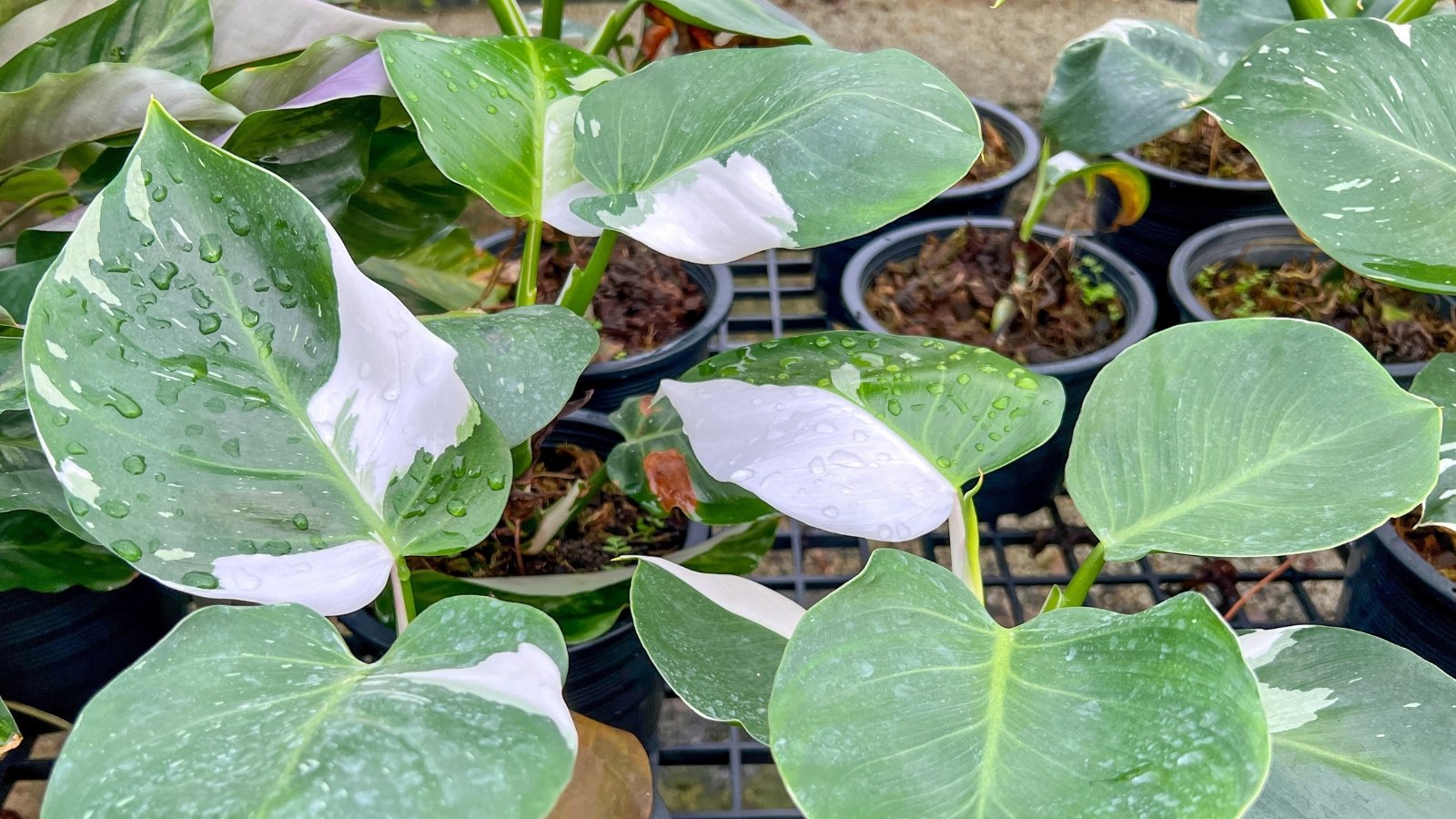
Specialty philodendrons have historically been rare and expensive. However, in recent years I’ve seen much more common availability, and lower prices. A small ‘White Wizard,’ won’t run much more than $20 or so.
Philodendrons are pest and disease-resistant compared to many other houseplants. This is part of their appeal. Of course, they are stunning plants, especially those special, rare varieties.
Some varieties prefer lower light, but ‘White Wizard’ can tolerate a bit of direct sun early in the day. This is often the case with variegated plants. Afternoon sun can scorch the leaves.
Pencil Cactus ‘Firesticks’
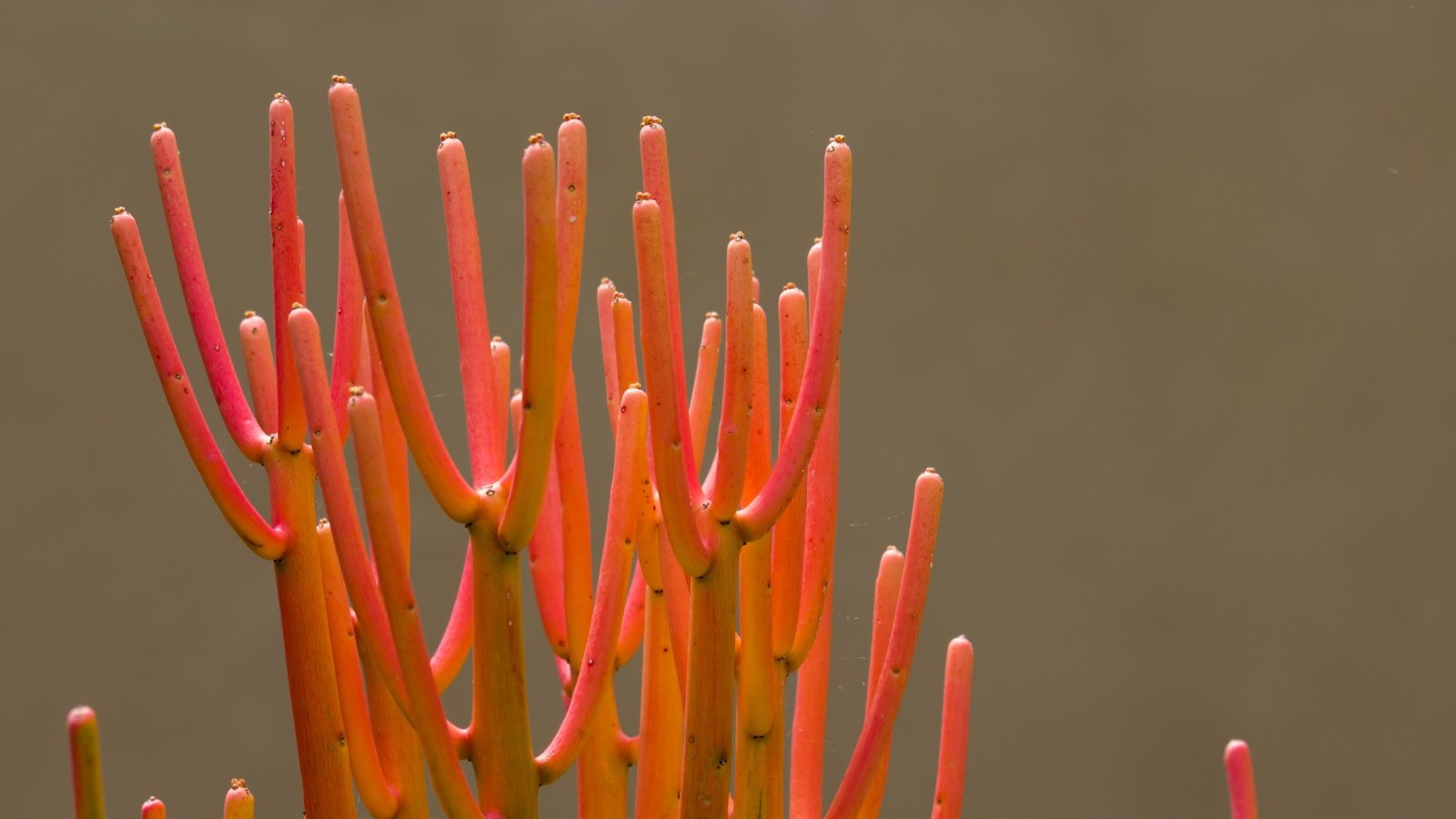
The pencil cactus is a fun relative of poinsettia and the African milk tree. It is a succulent with long, narrow, succulent branches about the width of a pencil. ‘Firesticks’ gets its name from the way it blushes a bright coral color with sun exposure or cold temperatures.
This plant is drought tolerant and tolerates poor soil. As long as the soil is well-drained and you avoid overwatering, you won’t have any disease issues.
You might encounter the occasional insect on this plant, but it isn’t easily bothered, and neem oil or insecticidal soaps won’t harm it.
Coleus ‘Wicked Witch’

You might think of coleus as an outdoor annual, and it thrives this way in partial shade or indirect light. It’s low light adaptability also makes it a great indoor addition. ‘Wicked Witch’ is one of the most striking varieties I’ve seen, with deep burgundy foliage that has toothy, neon green margins.
Outdoors, coleus has few enemies. Indoors, you may spot a mealybug or two on this one if they make it indoors. However, it’s pretty resistant to pests and diseases overall. Keep good airflow around it to eliminate the risk of fungal issues.
Oregano ‘Kirigami’
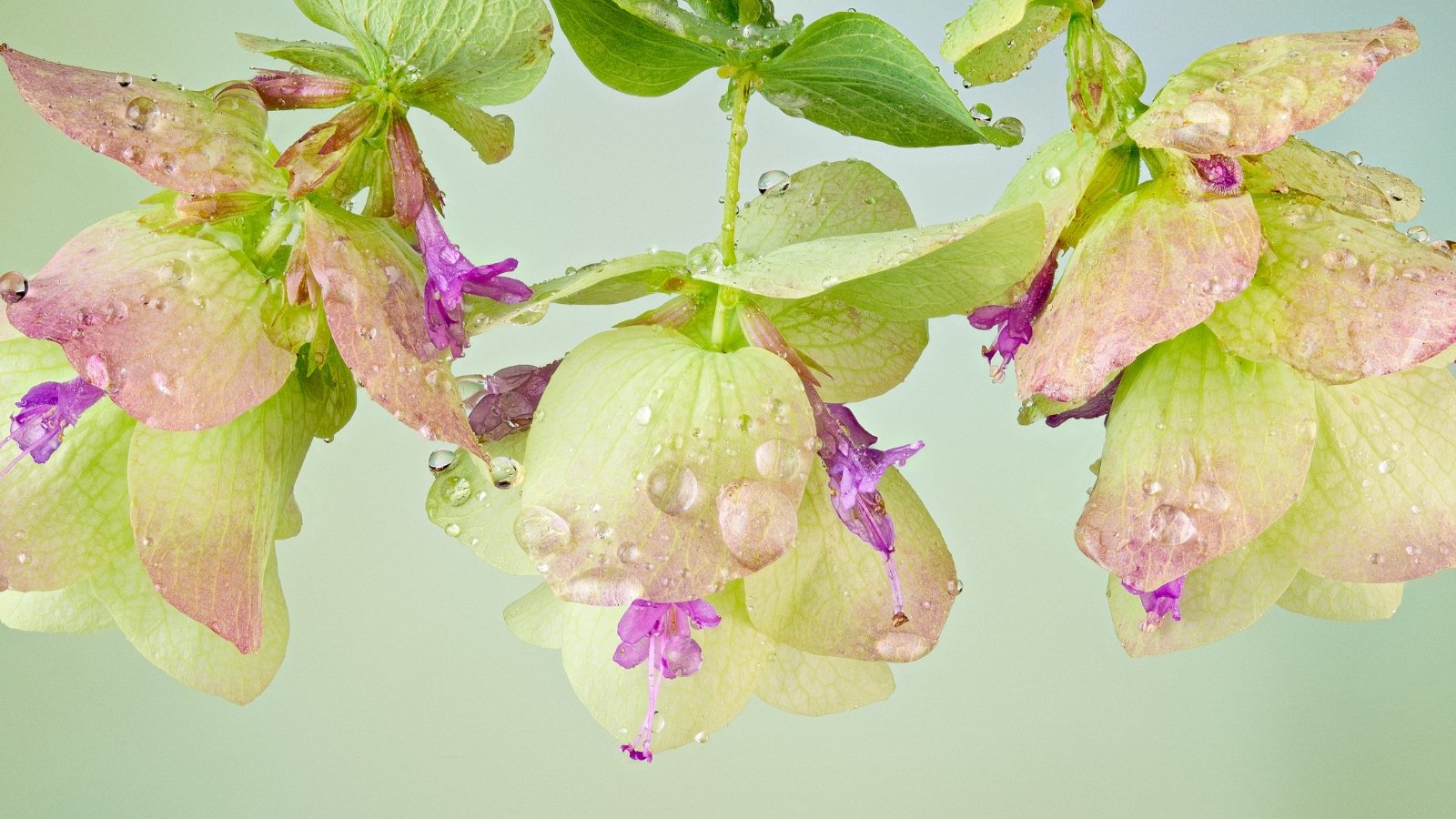
Many herbs are pest and disease resistant. Pests stay away because of their strong scent. Oregano has a lot of great qualities, like being anti-microbial, and anti-fungal. Ornamental oregano, like the beautiful ‘Kirigami’ is no exception.
You won’t want to eat this variety because allowing oregano (and many other herbs) to flower makes the flavor less appealing. However, it is a stunning plant with the same aromatic qualities as culinary oregano. It has a trailing habit that looks amazing in a hanging basket. Make sure to hang it in a window that receives plenty of sun; this herb likes full exposure.



